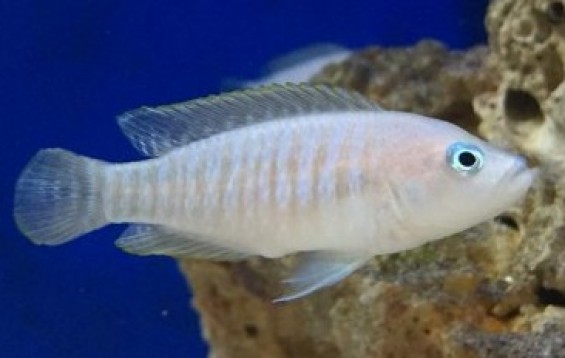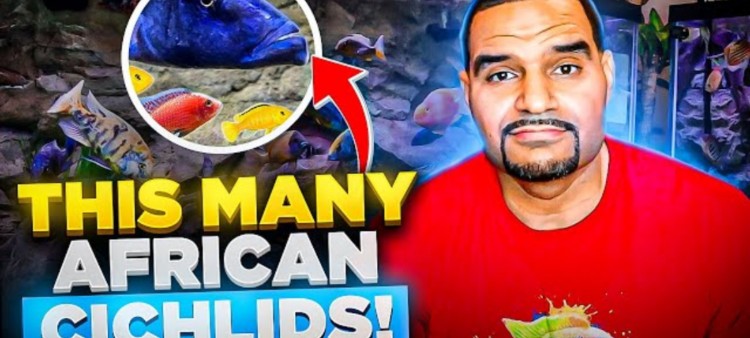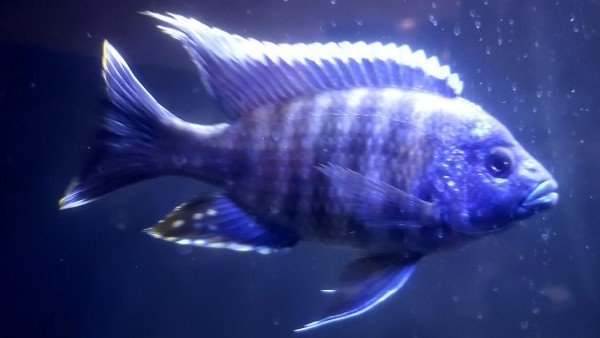- Name:
Multies Cichlid
- Family: Cichlidae
- Species: African Cichlids
- Scientific Name: Neolamprologus multifasciatus


More Details
General info about Multies Cichlid
Multies Cichlid is a small, shell-dwelling species of cichlid native to Lake Tanganyika in Africa. They are one of the smallest cichlid species and are popular for their unique breeding behavior and ability to thrive in a variety of aquarium setups.
Multies Cichlid have a compact, cylindrical body shape with a pointed head and a small mouth. They are typically beige or yellow in color with five to seven vertical black stripes along their body.
Multies Cichlid Diet & Nutrition
Multies Cichlid are omnivores and in the wild feed mainly on small crustaceans and insects. In the aquarium, they can be fed a variety of foods including flakes, pellets, frozen or live foods such as brine shrimp, bloodworms, and daphnia.
Determining Sex of Multies Cichlid
It can be difficult to determine the sex of Multies Cichlid. Males are generally larger and more colorful than females, but the difference is not always noticeable. During breeding, males will develop genital papillae which can help to determine their sex.
Breeding & Spawning Multies Cichlid
Multies Cichlid are unique in that they are shell dwellers, which means they will breed and lay their eggs inside empty shells in the aquarium. They are a monogamous species and will form pair bonds. The male will lead the female to an empty shell, where she will lay her eggs and the male will fertilize them. They will both then guard the shell and the eggs until they hatch, which takes about 10-14 days. The fry will remain inside the shell until they are large enough to venture out on their own.
Common Diseases with Multies Cichlid
Multies Cichlid are generally hardy and not prone to many diseases if kept in clean water conditions. However, they can be susceptible to some common fish diseases such as ich and fin rot.
Multies Cichlid Origin
Multies Cichlid are native to Lake Tanganyika in Africa, specifically the southern part of the lake near the Congo River.
Caution with Multies Cichlid
Multies Cichlid are generally peaceful and can be kept with other small, non-aggressive fish. However, they can become territorial during breeding and may attack other fish that come too close to their shell.
Acclimating Multies Cichlid
When introducing Multies Cichlid to a new aquarium, it is important to acclimate them slowly to prevent stress or shock. This can be done by floating the bag containing the fish in the aquarium for about 15-20 minutes to allow the water temperatures to equalize. Then, gradually add small amounts of the aquarium water to the bag over a period of about 30 minutes before releasing the fish into the tank.
Relevent Articles
Original Detail
| Name | Species | Family | Scientific Name | More Detail | Added by |
|---|---|---|---|---|---|
| Multies Cichlid | African Cichlids | Cichlidae | Neolamprologus multifasciatus | Multies Cichlid is a small, shell-dwelling species of cichlid native to Lake Tanganyika in Africa. They are one of the smallest cichlid species and are popular for their unique breeding behavior and ability to thrive in a variety of aquarium setups. Multies Cichlid have a compact, cylindrical body shape with a pointed head and a small mouth. They are typically beige or yellow in color with five to seven vertical black stripes along their body. | PalaciosAn |
Changed by users
| Submitted Date | Submitted By | Status | Action |
|---|






